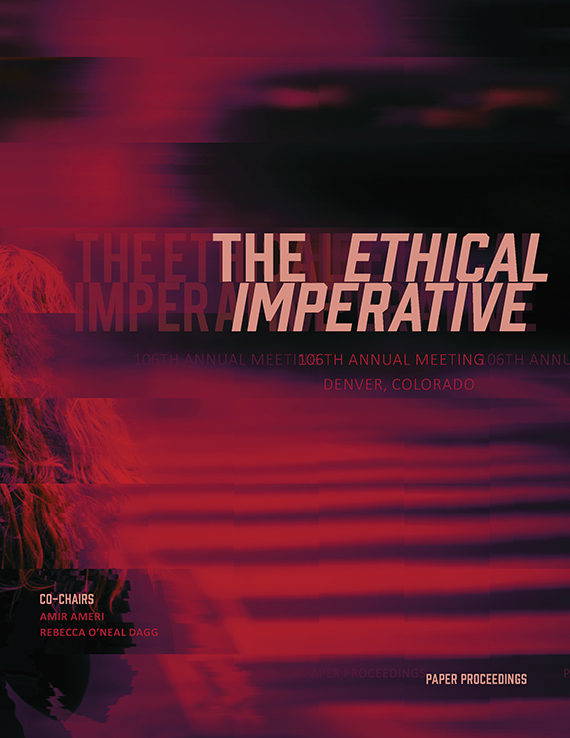Author(s): Timothy J. Applebee & Theodore R. Sawruk
In 2016 the Canadian landscape architect, Pierre Bélanger, unveiled “Extraction,” a site-specific intervention at the Venice Architecture Biennale. Bélanger’s installation drew attention to the grid as it was used by the British Empire to assert sovereignty over the full expanse of British North America (Canada) by implementing the Dominion Land Survey (1871-1930). For Bélanger’s “Extraction,” this sovereign act, specifically the act of placing a surveyor’s monument to demarcate dominion, became a means to highlight 800 years of geological and human exploitation by the Crown. When used as a means of spatial organization, the grid supported the imposition of political and economic agendas by Colonial Europeans on the indigenous landscape and its inhabitants. Theories of architectural and spatial design methodology (per Manfredo Tafuri and Rosalind Krauss) contextualize the instrumentality of grids in our review of recent urban, architectural, and geo-spatial works by Pierre Bélanger, Alessandro Rosaneli, Jennifer Bauer and Kelly Rose. The paper concludes with an appraisal of the advance of geo-spatial grid mapping and its countervalent potential for design professionals.
https://doi.org/10.35483/ACSA.AM.106.47
Volume Editors
Amir Ameri & Rebecca O'Neal Dagg
ISBN
978-1-944214-15-9

 Study Architecture
Study Architecture  ProPEL
ProPEL 
